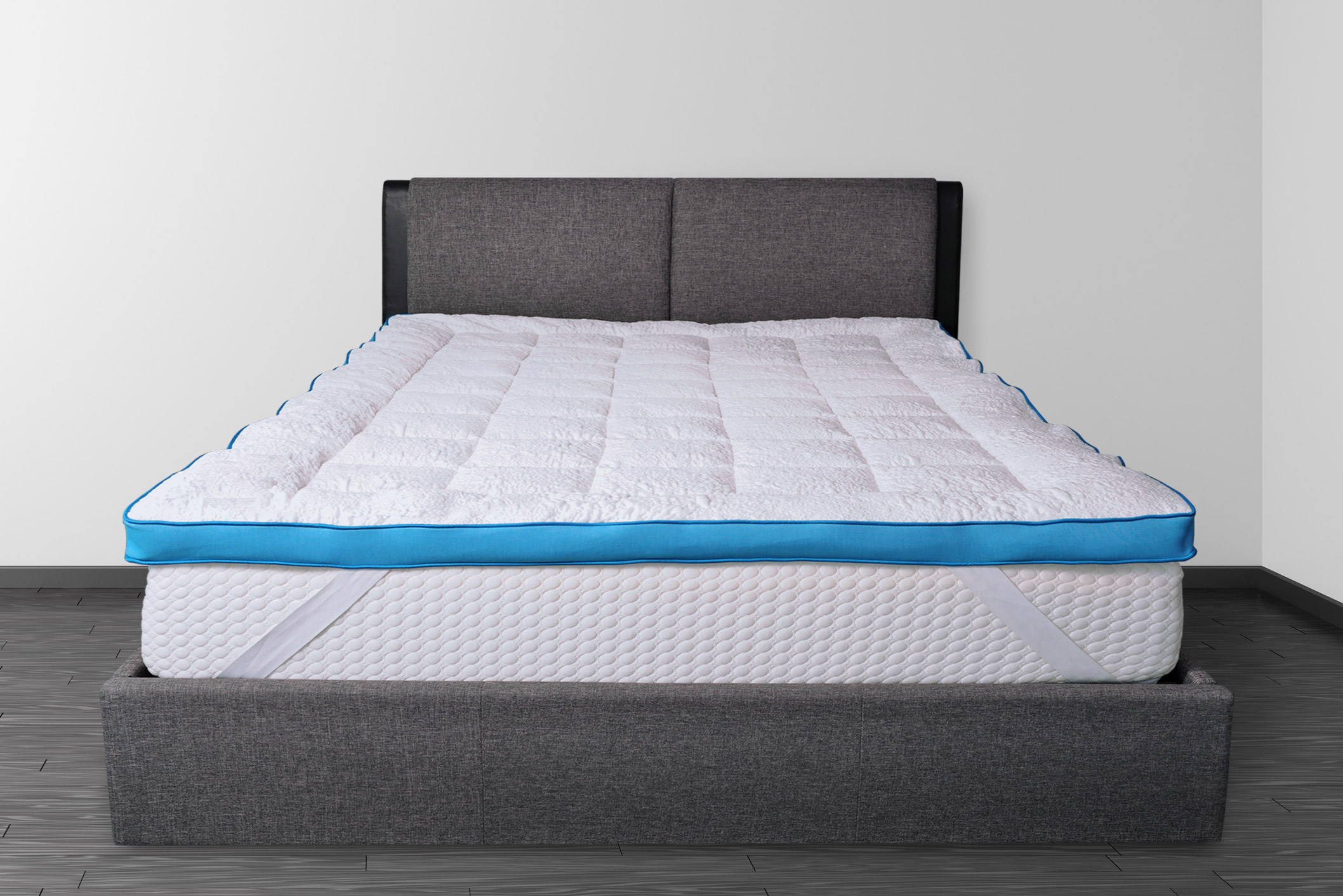An open concept kitchen and dining room has become a popular trend in modern home design. It involves removing walls and barriers between the two spaces to create a seamless flow and a more spacious feel. One way to achieve this is by incorporating a half wall between the kitchen and dining room. This allows for a defined separation of the two areas while still maintaining an open and connected feel. Open concept kitchen and dining room is a popular design choice for many reasons. It allows for more natural light to flow in, creating a brighter and more inviting space. It also makes it easier to entertain guests, as the host can interact with guests in the dining room while still preparing food in the kitchen.1. Open Concept Kitchen and Dining Room Ideas
A half wall between the kitchen and dining room can serve multiple purposes. It can act as a divider, a visual barrier, or even a functional space. There are various half wall ideas that you can incorporate into your kitchen and dining room design, such as using different materials, adding shelves or storage, or incorporating a breakfast bar. For a more modern look, consider using glass or metal for the half wall. This allows for a more open and airy feel while still providing a separation between the two areas. Adding shelves or storage to the half wall can also serve as a functional space, allowing you to display decor or store items.2. Half Wall Ideas for Kitchen and Dining Room
Creating a half wall between the kitchen and dining room may seem like a daunting task, but it can be a relatively simple project with the right tools and materials. First, you will need to determine the location and height of the half wall. It is recommended to consult with a professional to ensure proper measurements and stability. Once you have the measurements, you can start building the half wall using materials such as drywall, wood, or even stone. You can also add finishing touches, such as paint or wallpaper, to match the overall design of your kitchen and dining room.3. How to Create a Half Wall Between Kitchen and Dining Room
The design of your half wall can greatly impact the overall look of your kitchen and dining room. It can be a simple and sleek addition, or it can be a statement piece that adds character to the space. Some popular half wall designs for the kitchen and dining room include adding columns, archways, or incorporating patterns or textures. Columns can add a sense of elegance and grandeur to the space, while archways can create a more open and fluid feel. Adding patterns or textures, such as exposed brick or shiplap, can add visual interest and make the half wall a focal point in the room.4. Half Wall Designs for Kitchen and Dining Room
As with any design decision, there are both pros and cons to incorporating a half wall between the kitchen and dining room. Some advantages include creating a more open and connected space, adding functionality, and providing a visual barrier for noise and mess. On the other hand, some may find that a half wall can make the space feel smaller or create a sense of separation. Consider your specific needs and preferences when deciding whether a half wall is right for your kitchen and dining room.5. Pros and Cons of a Half Wall Between Kitchen and Dining Room
Adding decor to your half wall can further enhance the design of your kitchen and dining room. You can choose to match the decor to the overall theme of the space or make it a statement piece. Some half wall decorating ideas include adding artwork, greenery, or even a chalkboard for a functional and fun touch. Artwork can add a pop of color and personality to the half wall, while greenery can bring a touch of nature into the space. Adding a chalkboard can also serve as a fun and creative way to leave notes or menus for your family or guests.6. Half Wall Decorating Ideas for Kitchen and Dining Room
Adding columns to your half wall can add a touch of elegance and sophistication to your kitchen and dining room. They can also serve as a structural support for the half wall, especially if it is load-bearing. Half wall with columns is a popular choice for those looking to create a more formal and traditional feel in their home. You can choose to have the columns match the overall design of your home, such as using the same materials and finishes as your kitchen cabinetry. Alternatively, you can make the columns a statement piece by incorporating different materials and designs.7. Half Wall with Columns Between Kitchen and Dining Room
If you have a smaller kitchen with limited dining space, incorporating a breakfast bar into your half wall can be a great solution. This allows for additional seating and a designated eating area without taking up too much space. Half wall breakfast bar is also a popular choice for those who enjoy casual dining or entertaining guests. You can choose to have the breakfast bar at counter height or bar height, depending on your needs and preferences. You can also add stools or chairs to the bar to make it a comfortable and functional space.8. Half Wall Breakfast Bar Between Kitchen and Dining Room
For those who enjoy hosting dinner parties or entertaining guests, a half wall with a pass-through can be a great addition to the kitchen and dining room. This allows for an open and connected space while still providing a barrier for noise and mess. A half wall with pass through also allows for easy serving and passing of food between the two areas. You can choose to have a simple pass-through or incorporate additional features, such as shelves or a countertop, for added functionality.9. Half Wall with Pass Through Between Kitchen and Dining Room
Incorporating storage into your half wall can be a practical and space-saving solution for your kitchen and dining room. This can include shelves, cabinets, or even a pantry. Half wall with storage allows for easy access to items while still keeping them hidden and organized. You can choose to have the storage match the overall design of your kitchen and dining room or make it a statement piece by incorporating unique materials or finishes. In conclusion, a half wall between the kitchen and dining room can be a great addition to your home. It allows for a defined separation of the two areas while still maintaining an open and connected feel. With the right design and functionality, a half wall can enhance the overall look and feel of your kitchen and dining room.10. Half Wall with Storage Between Kitchen and Dining Room
Why You Should Consider a Half Wall Between Your Kitchen and Dining Area
The Benefits of a Half Wall in Your Home Design
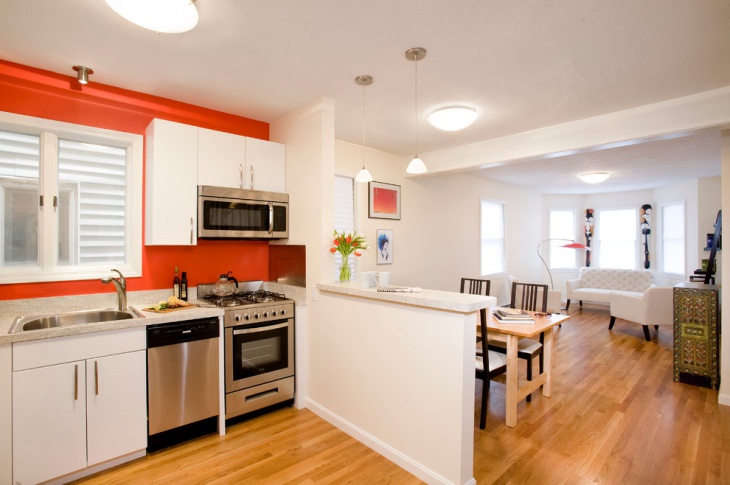 If you're in the process of designing your dream home or looking to renovate your existing space, you may be wondering about the benefits of incorporating a half wall between your kitchen and dining area. This trending design feature has gained popularity in recent years for its functional and aesthetic advantages. In this article, we'll explore why you should consider adding a half wall to your home design.
Maximizes Space Efficiency
One of the main reasons homeowners choose to install a half wall between their kitchen and dining area is to maximize their space efficiency. Unlike a full wall, a half wall allows for an open flow between rooms while still creating a clear division of space. This is especially useful in smaller homes or apartments where space is limited. By creating a designated dining area, you can also free up space in your kitchen for additional cabinets or appliances.
Enhances Natural Light and Airflow
Another advantage of a half wall is that it allows for better natural light and airflow throughout your home. By not fully closing off the kitchen from the dining area, light and air can travel freely between the two spaces. This not only creates a brighter and more open atmosphere, but it also helps with ventilation and temperature control.
Provides Additional Seating and Storage
A half wall between the kitchen and dining area can also serve as a multifunctional space. By extending the wall into a countertop or bar, you can create additional seating for guests or a casual dining area for everyday use. Furthermore, you can utilize the wall as a storage solution by installing shelves or cabinets on either side. This is especially beneficial for small kitchens that lack storage space.
Allows for Customization and Design Flexibility
With a half wall, you have the opportunity to add your own personal touch to your home design. You can choose the height, material, and design of the wall to complement your overall aesthetic. For instance, a half wall made of glass or open shelving can create a modern and minimalist look, while a wall with intricate tile work can add a touch of elegance to your space.
In conclusion, a half wall between your kitchen and dining area offers a variety of benefits from space efficiency to design flexibility. It's a great way to create a distinct separation between two rooms while maintaining an open and airy feel. Consider incorporating this trendy and functional design feature into your home for a stylish and practical living space.
If you're in the process of designing your dream home or looking to renovate your existing space, you may be wondering about the benefits of incorporating a half wall between your kitchen and dining area. This trending design feature has gained popularity in recent years for its functional and aesthetic advantages. In this article, we'll explore why you should consider adding a half wall to your home design.
Maximizes Space Efficiency
One of the main reasons homeowners choose to install a half wall between their kitchen and dining area is to maximize their space efficiency. Unlike a full wall, a half wall allows for an open flow between rooms while still creating a clear division of space. This is especially useful in smaller homes or apartments where space is limited. By creating a designated dining area, you can also free up space in your kitchen for additional cabinets or appliances.
Enhances Natural Light and Airflow
Another advantage of a half wall is that it allows for better natural light and airflow throughout your home. By not fully closing off the kitchen from the dining area, light and air can travel freely between the two spaces. This not only creates a brighter and more open atmosphere, but it also helps with ventilation and temperature control.
Provides Additional Seating and Storage
A half wall between the kitchen and dining area can also serve as a multifunctional space. By extending the wall into a countertop or bar, you can create additional seating for guests or a casual dining area for everyday use. Furthermore, you can utilize the wall as a storage solution by installing shelves or cabinets on either side. This is especially beneficial for small kitchens that lack storage space.
Allows for Customization and Design Flexibility
With a half wall, you have the opportunity to add your own personal touch to your home design. You can choose the height, material, and design of the wall to complement your overall aesthetic. For instance, a half wall made of glass or open shelving can create a modern and minimalist look, while a wall with intricate tile work can add a touch of elegance to your space.
In conclusion, a half wall between your kitchen and dining area offers a variety of benefits from space efficiency to design flexibility. It's a great way to create a distinct separation between two rooms while maintaining an open and airy feel. Consider incorporating this trendy and functional design feature into your home for a stylish and practical living space.









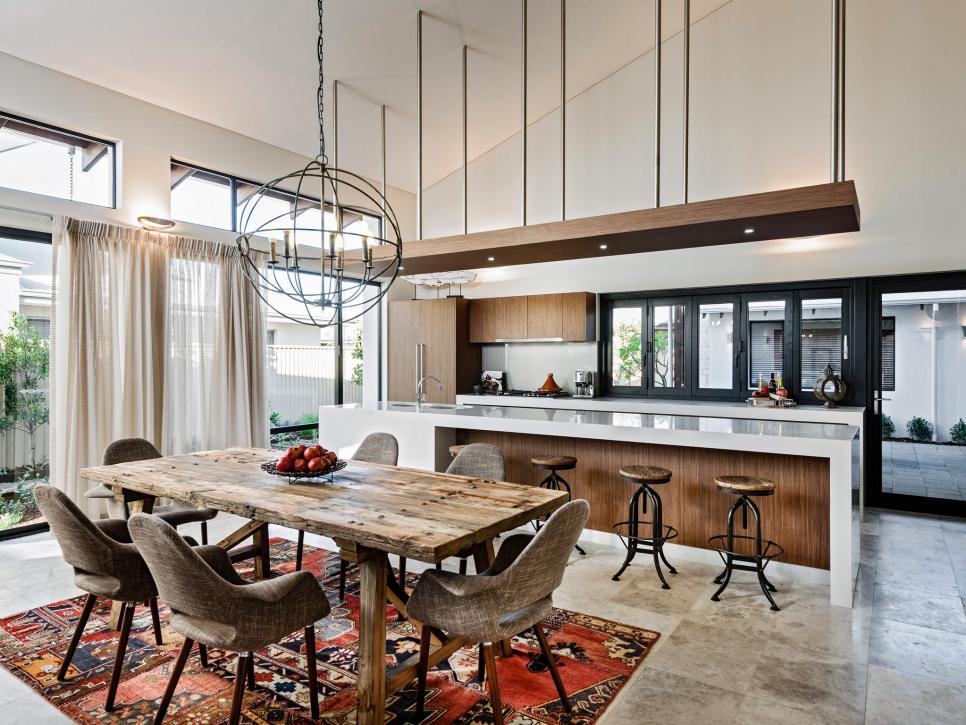















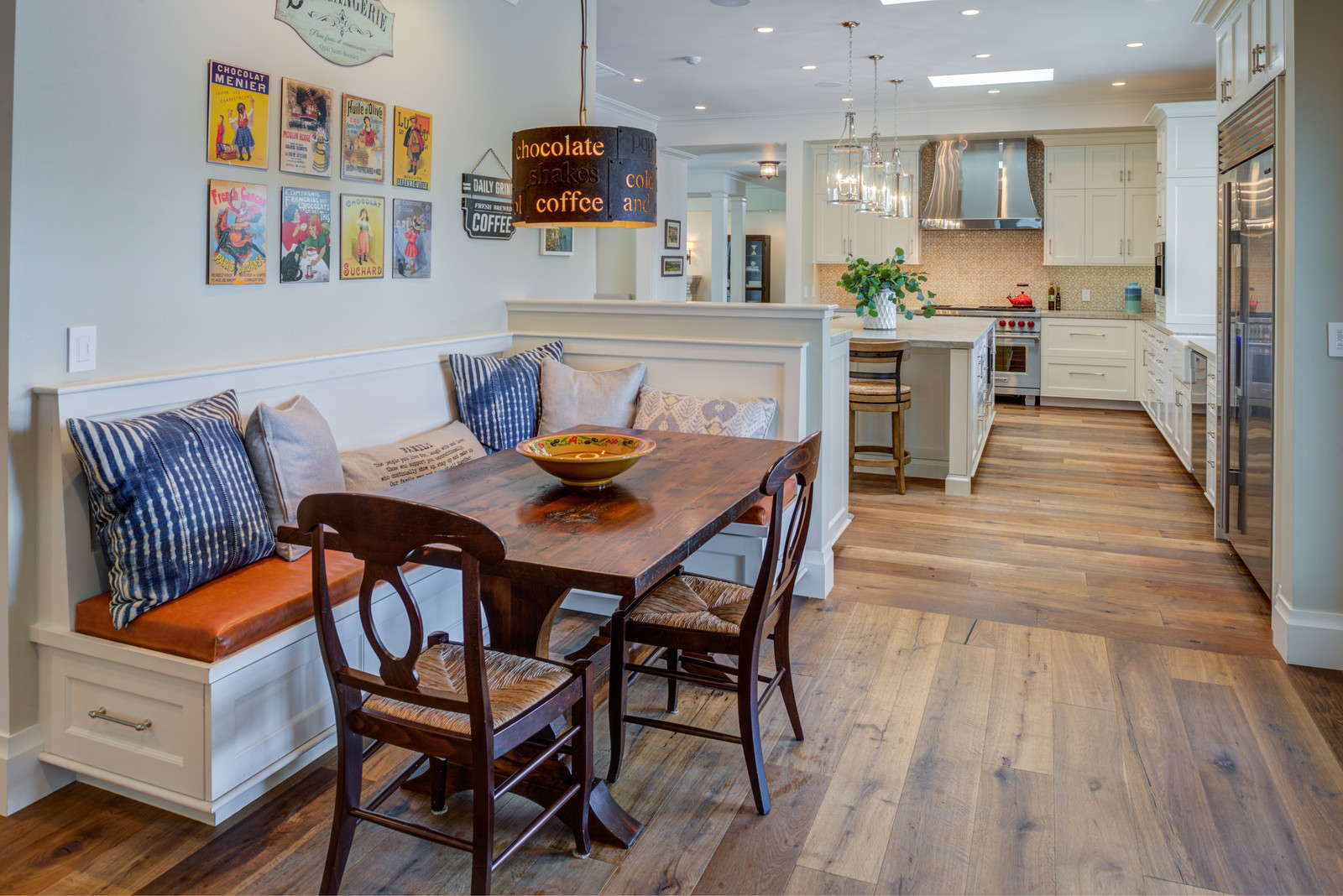



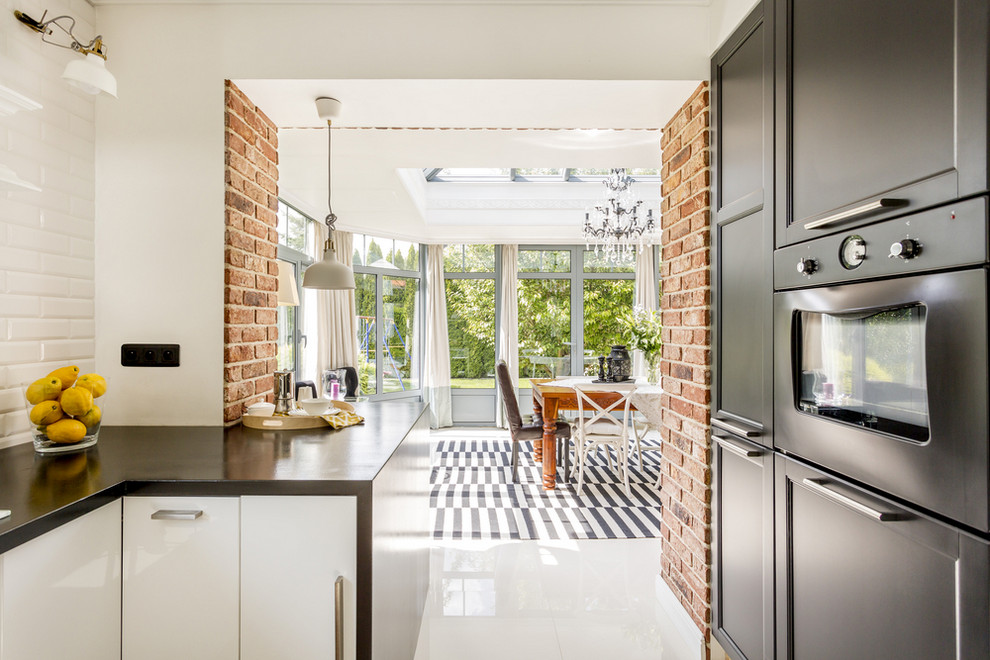











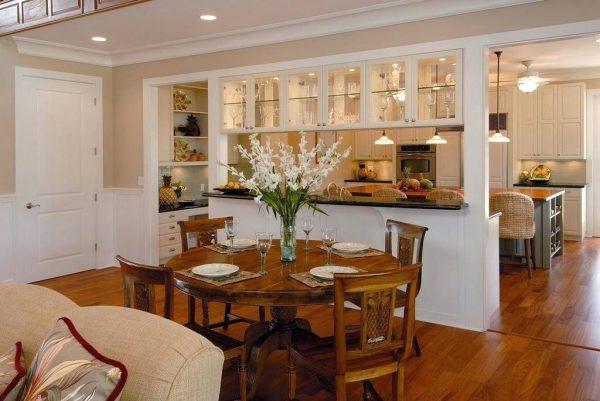
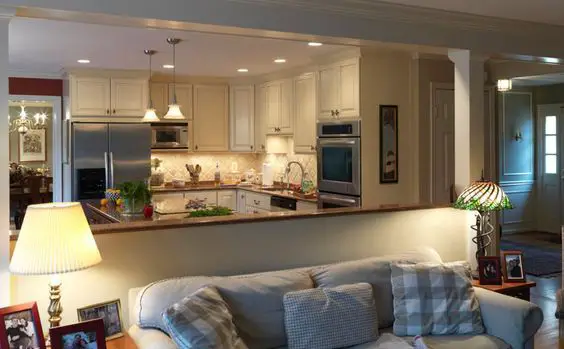



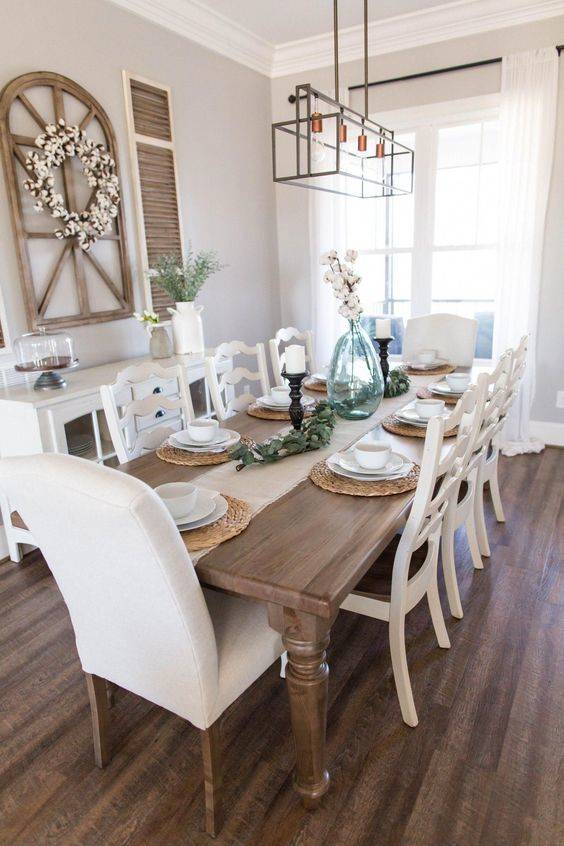
:max_bytes(150000):strip_icc()/RD_LaurelWay_0111_F-35c7768324394f139425937f2527ca92.jpg)

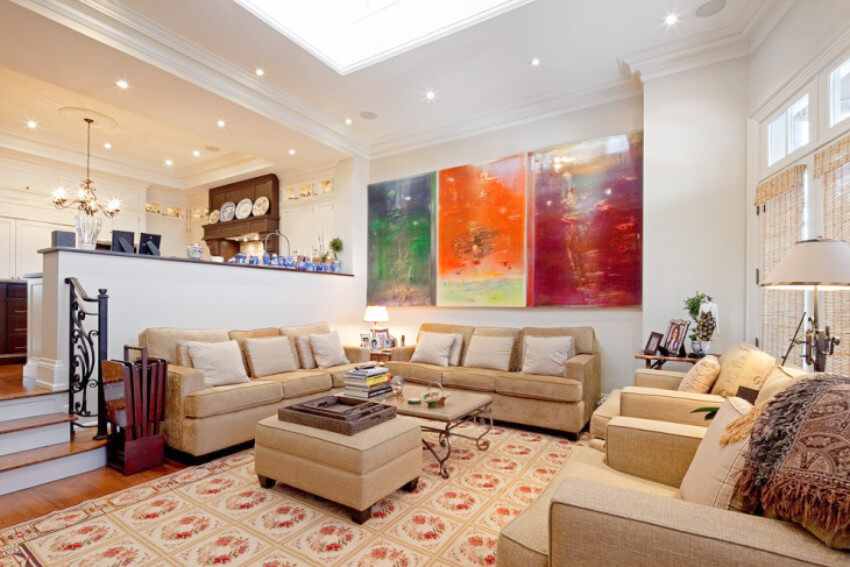





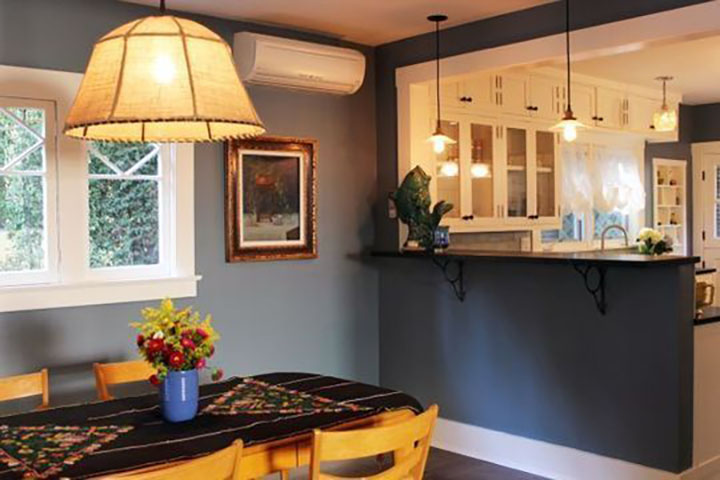
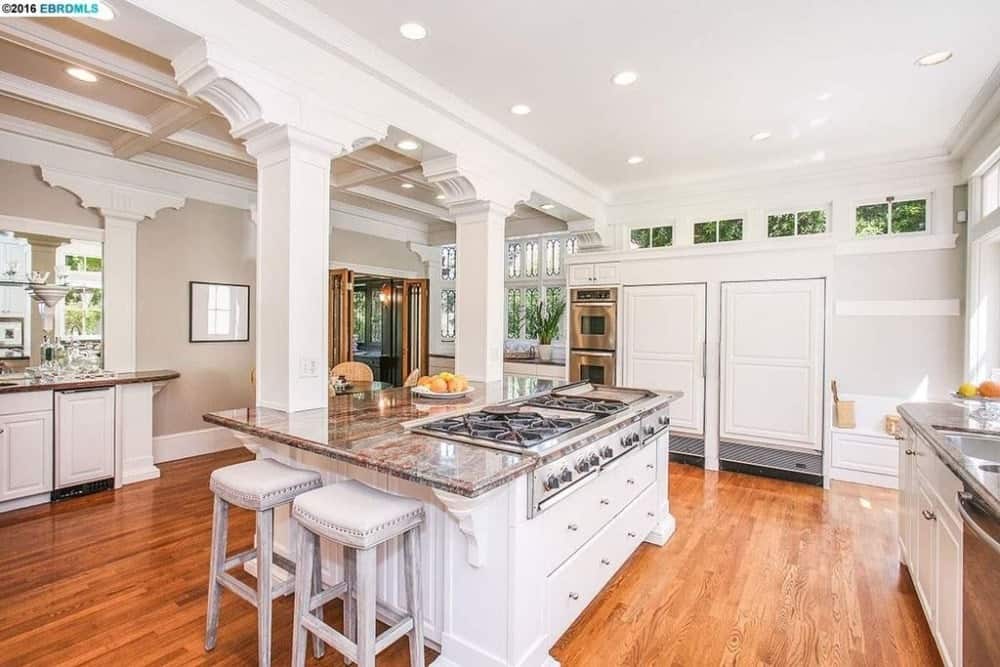



















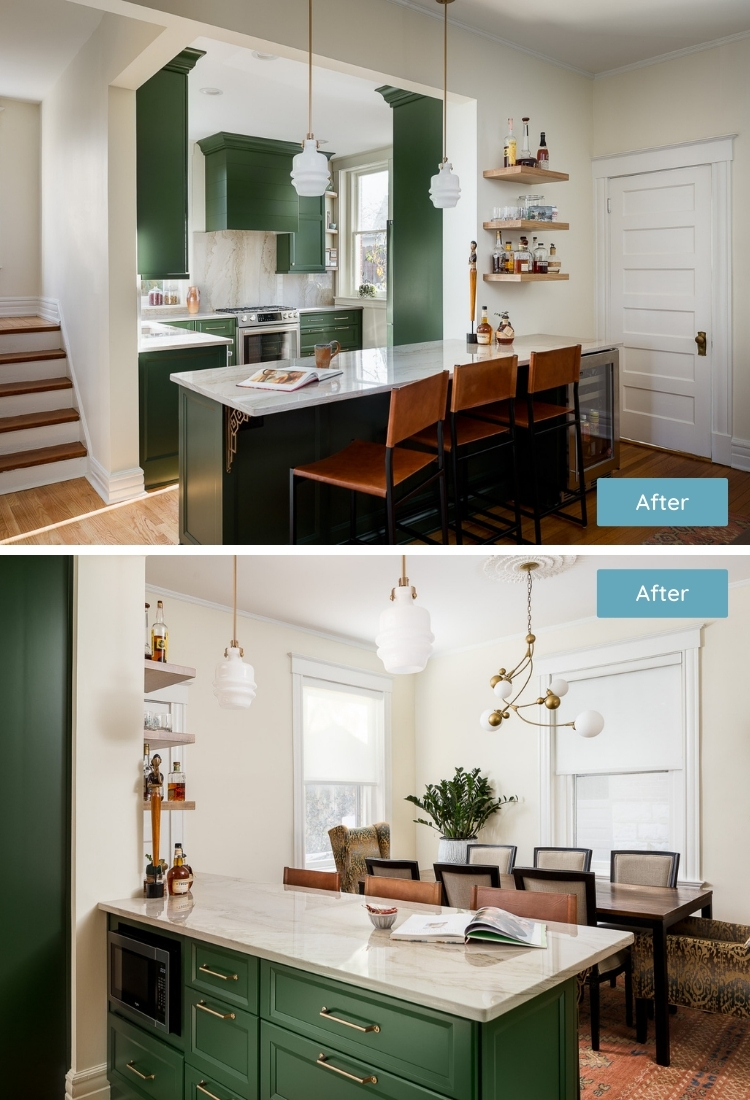



:max_bytes(150000):strip_icc()/Chuck-Schmidt-Getty-Images-56a5ae785f9b58b7d0ddfaf8.jpg)



